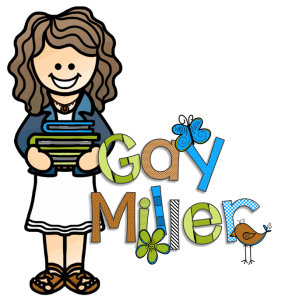
What are Semantic Maps?
Semantic webs are visual organizers that help students structure information like concept webs. Usually, semantic maps are slightly more complex than concept webs.
When to Use Semantic Maps
Semantic maps may be used for thousands of skills. Try these ideas:
- character traits — Students list character traits. They can also list connections between characters.
- vocabulary development — forms of the word, synonyms/antonyms, prefixes/suffixes, roots, shades of meaning
- science and social studies topics
- biographies
How to Create a Semantic Map
Often, semantic maps branch from the center shape called a node to more specific concepts. From these secondary nodes, additional details may be added.
This is an example of a simple semantic map. Notice that it contains three levels of information. The first names the five types of vertebrates. The secondary level provides some basics that are unique to the classification. The third level provides examples. This map is included in the handout. See the link below.

When to Use
Semantic maps work well at the beginning of a unit. Have learners brainstorm information. As the unit progresses, details may be added to the map.
Semantic maps are also a great summarizing tool.
Teaching Strategy
Using sticky notes is an effective way to teach students how to create a semantic map.
Here’s how it works…
- Ask students to name information they learned after reading a specified text. [To simplify this explanation, I will use the example of Olympic sports.]
- Assign an article about the Olympic Games for students to read. Write ‘Olympic Sports’ on a sticky note and place it on the board. After reading, ask students to name an Olympic sport. As students name each sport, write each sport on a sticky note. Stick these on the board around the title ‘Olympic Sports.’ Continue until you have approximately a dozen sports.
- Next, write ‘Summer’ and ‘Winter’ on two sticky notes. Place these on opposite sides of the title. Ask students to categorize all the sticky notes on the board into games played in the summer or winter. Move the sticky notes with the individual sport next to the correct category ‘Summer’ or ‘Winter’.
- On the next level, divide the summer sports into categories—types of swimming and types of cycling. Next, divide the winter sports into subcategories—types of skiing and types of skating. Organize the sticky notes on the board around the appropriate subcategory.
- Finally, have students name famous athletes for each sport.
By using manipulable sticky notes, students get a sense of how this method helps organize the information.
Free Online Tools for Teachers and Students
Give Semantic Mapping a Try
This free handout includes two activities. The first is the ‘Vertebrate’ example from the post. The second is Marquette and Joliet’s trip down the Mississippi River. The handout includes “Marquette in Iowa” from Stories of Great Americans for Little Americans. Students map the information in the story using the map found in the resource. Answer keys are provided for both maps.



